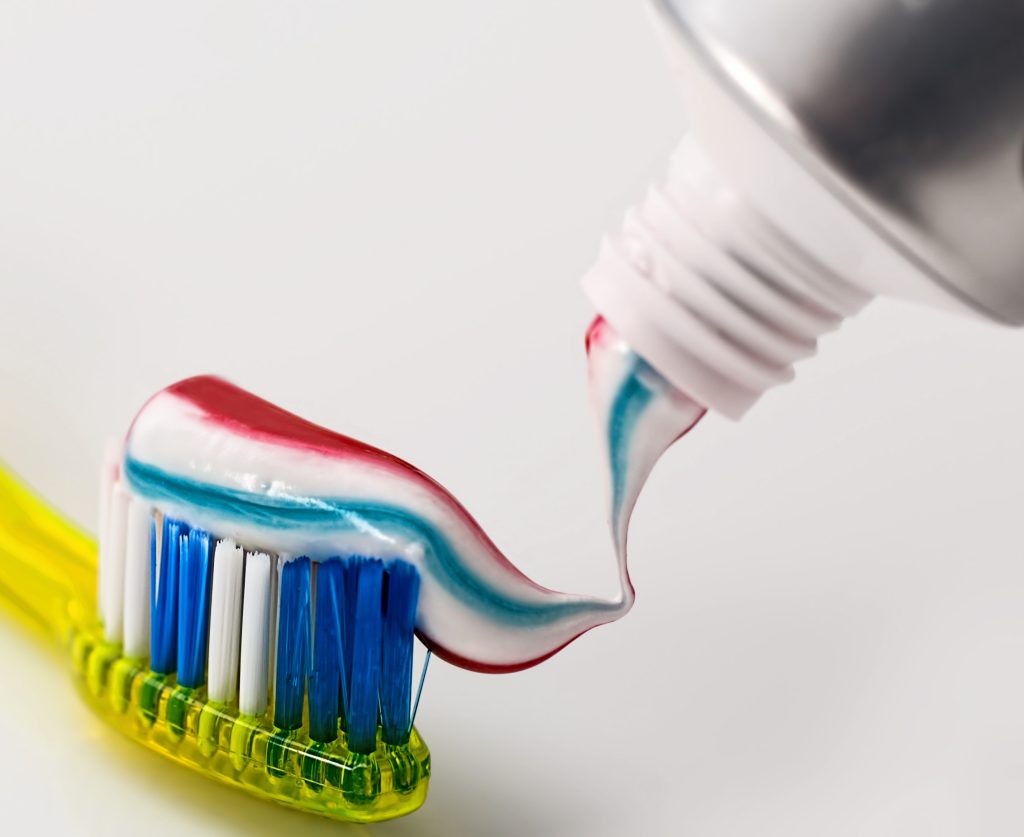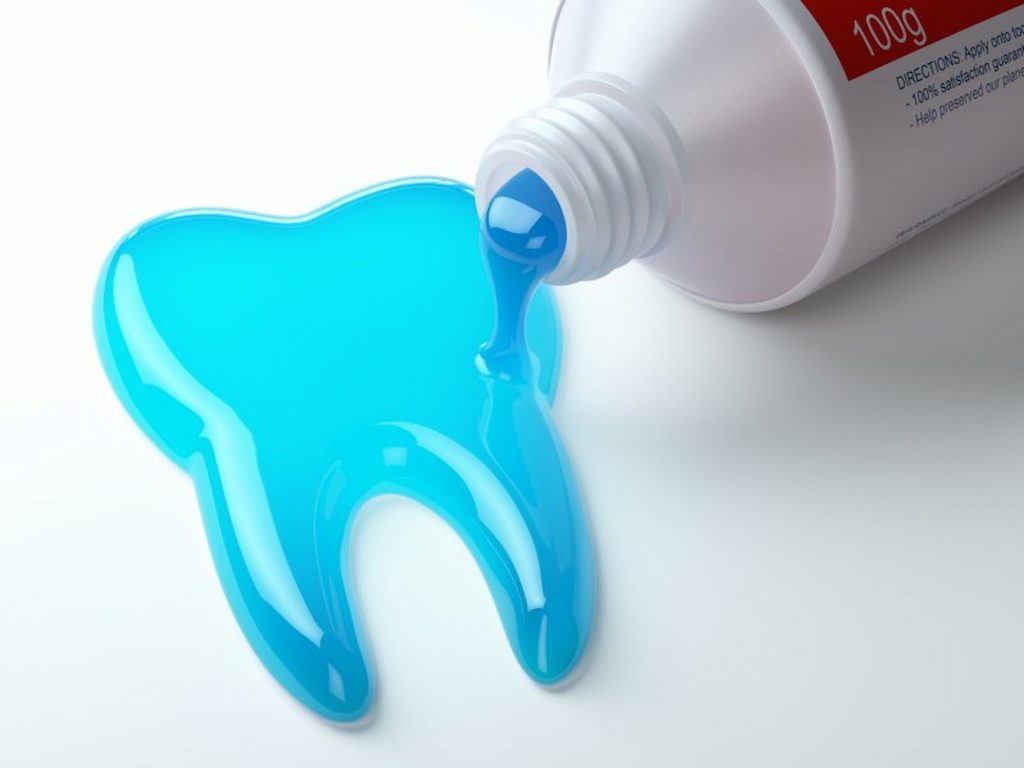Toothpaste is an integral part of daily oral hygiene, yet its complex formulation often goes unnoticed. Understanding the role of toothpaste ingredients can enhance your oral care routine by ensuring you select products tailored to your dental needs. This guide provides a deeper, more comprehensive look into toothpaste components and their significance in maintaining oral health.
Why Should You Know About Toothpaste Ingredients?

Toothpaste isn’t just a minty gel—it’s a carefully crafted combination of ingredients designed to combat various oral health challenges. From cavity prevention to sensitivity relief, toothpaste ingredients are chosen for their effectiveness. Being informed about these components allows you to select products that best suit your dental health goals, making every brush as effective as possible.
For insights into why routine dental care matters, explore Why Regular Dental Checkups Matter.
Key Ingredients in Toothpaste: Their Benefits and Uses
Fluoride: The Enamel Protector
Fluoride is a key ingredient in most toothpaste formulations due to its exceptional ability to fortify enamel. It works by remineralizing weakened enamel and making it more resistant to acid attacks caused by bacterial plaque. Fluoride also prevents cavities, making it essential in oral care. To learn more about cavity prevention strategies, refer to How to Prevent Tooth Decay.
Abrasives: Gentle Cleansers
Toothpaste relies on abrasives like calcium carbonate and hydrated silica to remove plaque, stains, and food particles. These scrubbing agents enhance the cleaning process, leaving your teeth smooth and polished. However, it’s essential to choose a toothpaste with abrasives that won’t damage enamel or dentin over time.
Surfactants: Creating That Satisfying Foam
Surfactants, such as sodium lauryl sulfate (SLS), help toothpaste foam, lifting debris and enhancing its spread across the teeth. While SLS is effective, those with sensitive gums or frequent mouth ulcers might opt for SLS-free options to avoid irritation.
Hydration and Texture Agents
Ingredients like glycerin and sorbitol prevent the toothpaste from drying out while maintaining its smooth texture, making it easy to dispense and use.
Specialty Toothpaste Ingredients for Targeted Oral Health

Many modern toothpastes cater to specific dental concerns. Here are some specialty ingredients to look for:
- Antimicrobial Agents
Compounds like triclosan and zinc citrate combat harmful bacteria, reducing plaque formation and lowering the risk of gum disease. - Desensitizing Agents
For those with sensitive teeth, potassium nitrate and strontium chloride block pain signals, offering relief from discomfort caused by temperature changes or acidic foods. - Whitening Agents
Toothpastes with hydrogen peroxide or special abrasives tackle surface stains, restoring your teeth’s natural brightness. For more on brightening solutions, visit The Ultimate Guide to Teeth Whitening. - Natural Extracts
Extracts like aloe vera and neem have natural antibacterial and anti-inflammatory properties, contributing to healthier gums and reduced plaque buildup. Toothpastes containing these ingredients are increasingly popular among those seeking a more natural approach to oral care.
How to Choose the Right Toothpaste for You

Selecting the ideal toothpaste involves identifying your specific dental needs. Here’s how to make an informed decision:
1. Cavity Prevention
If your primary goal is cavity prevention, fluoride toothpaste is a must. It strengthens enamel and protects against decay caused by acids in bacterial plaque.
2. Tartar Control
Tartar-control toothpaste often includes pyrophosphates to prevent hardened plaque buildup, which can lead to gum disease. Tartar control is especially beneficial for individuals prone to calculus accumulation.
3. Whitening Benefits
If you want a brighter smile, choose a toothpaste with mild abrasives and hydrogen peroxide. However, these should be used in moderation to avoid enamel erosion. For a detailed approach to achieving a whiter smile, refer to Modern Dentistry Services.
4. Sensitivity Relief
Toothpastes formulated for sensitivity contain desensitizing agents that block pathways to the tooth nerves, alleviating pain. This makes daily activities like eating and drinking more comfortable.
5. Suitable Flavorings
Choose a toothpaste with flavors that enhance your brushing experience. Peppermint, spearmint, and cinnamon are popular options, while sweeteners like xylitol and sorbitol add taste without promoting tooth decay.
Practical Tips for Maximizing Toothpaste Benefits
- Use the Right Amount: A pea-sized amount is sufficient for adults, while children under six should use a rice-grain-sized amount.
- Brush Twice Daily: Consistency is key to maintaining optimal oral health.
- Opt for ADA-Approved Toothpaste: Ensure your toothpaste meets safety and effectiveness standards.
- Seek Professional Advice: If you’re unsure about which toothpaste to use, consult dental professionals. Visit Contact Us to schedule an appointment with a qualified dentist.
Beyond Toothpaste: The Bigger Picture
While toothpaste is vital, it’s only one part of a comprehensive oral care routine. Pair it with regular flossing, a balanced diet, and professional dental checkups to achieve holistic oral health. To explore the interconnectedness of dental and overall health, check out The Connection Between Oral Health and Systemic Diseases.
Conclusion
Toothpaste is more than just a cleaning agent; it’s a tool that addresses multiple aspects of dental health, from cavity prevention and stain removal to sensitivity relief. By understanding its ingredients and functions, you can choose a product that aligns with your unique oral care needs. Incorporating the right toothpaste into a broader hygiene routine ensures long-term oral health and a confident smile.
